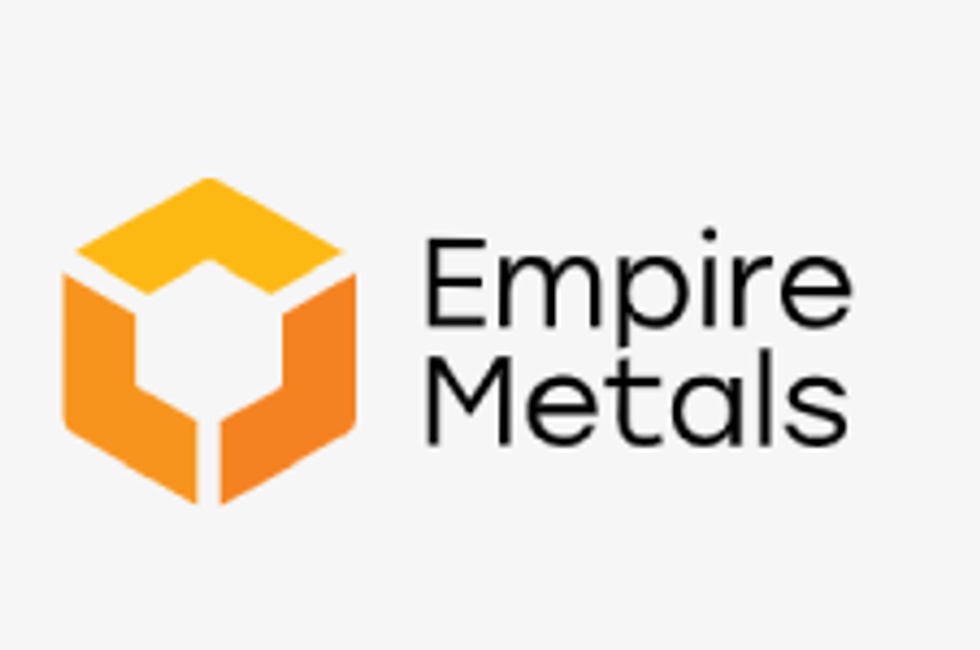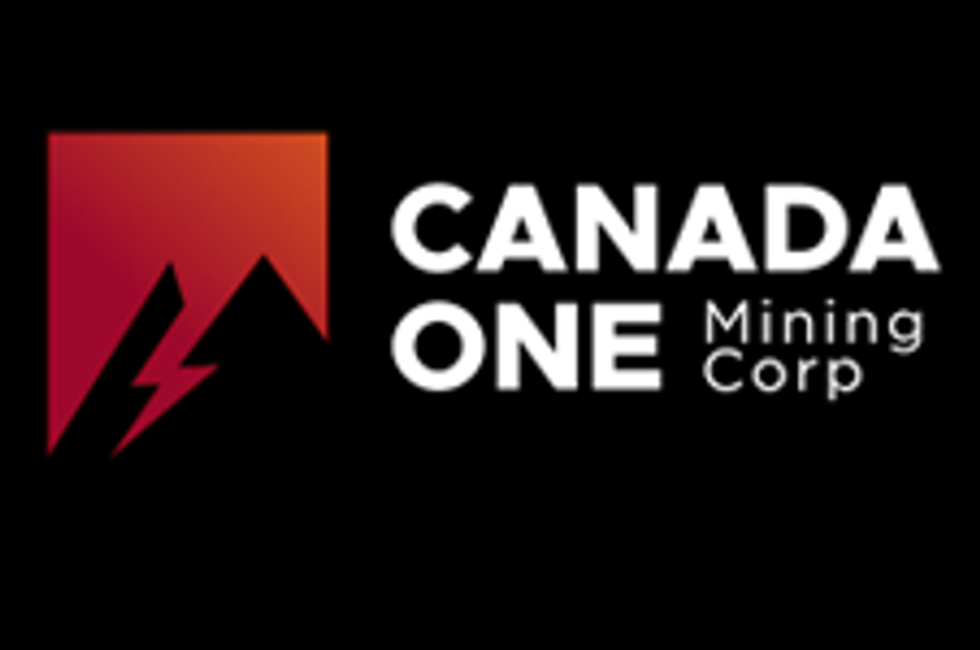Wind Turbines to Boost Copper Consumption to 2028: WoodMac

Wood Mackenzie is forecasting that the installation of global wind turbines will consume over 5.5 million tonnes of copper.
A new report from Wood Mackenzie forecasts that the installation of global wind turbines between 2018 and 2028 will consume over 5.5 million tonnes of copper.
According to the firm, over 650 gigawatts (GW) of new onshore and 130 GW of new offshore wind capacity will be installed during that time. As copper is used in wind turbines’ generators, power transformers, gearboxes and tower cabling, this is set to boost consumption of the red metal.
Henry Salisbury, a Wood Mackenzie research analyst, explained that governments have been looking to transition to renewable energy sources. He added that wind technology is the most copper-intensive form of power generation, and is expected to consume the largest amount of copper within the sector.
“In order to generate, transmit and distribute the energy, copper is required due to its low electrical resistivity, high conductivity, malleability and durability,” Salisbury said in a statement.
“As a result of the intensity of copper within wind farm projects and the increasing demand for wind energy, consumption of copper is substantial and forecast to grow significantly over the next decade.”
The report goes on to predict that global wind technologies will require an average of 450,000 tonnes of copper per year from 2018 to 2022. That number is set to grow to 600,000 tonnes per year out to 2028.
According to Salisbury, China is set to see the strongest growth in new onshore capacity with average copper consumption of 110,000 tonnes per year to 2028. Coming in second is expected to be the United States, which will average 35,000 tonnes per year during that same time.
Elsewhere, offshore installation will be led by Germany, the UK and the Netherlands, with forecasted average consumption of 80,000 tonnes per year between 2018 and 2028.
“Due to higher copper intensity, offshore turbines will command an increasing share of copper consumption. Progressive development of larger wind turbines will increase copper intensities, providing an upside risk to copper consumption in the longer-term beyond 2024,” Salisbury noted.
While sentiment regarding a potential supply deficit has surrounded copper for some time now, the report acknowledges the possibility for substitutions of the red metal.
Wood Mackenzie points to aluminum as the main viable alternative, as the material is lighter and cheaper in cables. However, it would require more maintenance and a 50 percent bigger cross-sectional area than copper to achieve similar conductivity and electrical resistance.
“Further developments in aluminium technology could lead to increased substitution of copper in cabling above our current expectations. Additionally, future introduction of higher output turbines may reduce the number of turbines per wind farm,” Salisbury said.
“Considering that cabling constitutes 58 percent of copper intensity, this scenario could reduce copper intensity and, therefore, consumption in the future.”
As of Monday (September 2), copper was trading at US$5,609.50 per tonne on the London Metal Exchange.
Don’t forget to follow us @INN_Resource for real-time updates!
Securities Disclosure: I, Olivia Da Silva, hold no direct investment interest in any company mentioned in this article.




